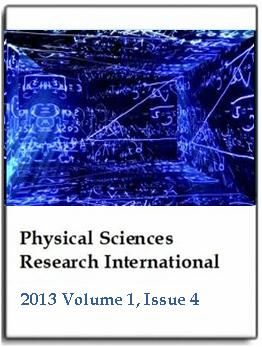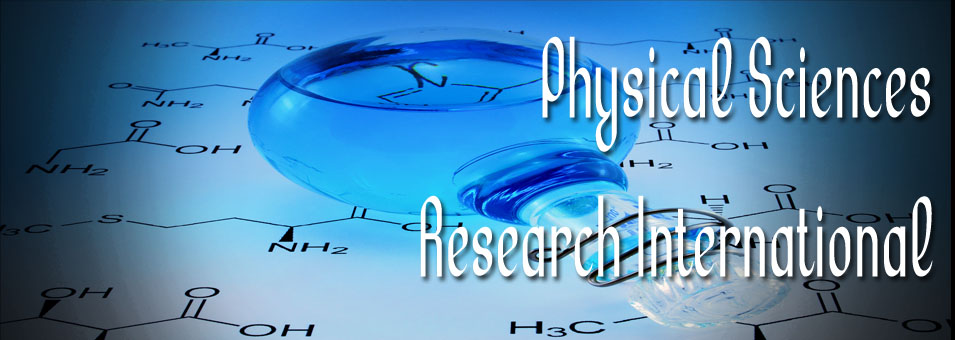Preparation of colloidal silver nanoparticles and structural characterization
Abdalrahim Alahmad, Mustafa Eleoui, Ahmad Falah and Ibrahim AlghoraibiPhysical Sciences Research International
Published: October 15 2013
Volume 1, Issue 4
Pages 89-96
Abstract
In this paper, we prepare silver nanoparticles colloids by using polyvinyl pyrrolidone (PVP) of four different molecular weights (MW = 10000, 29000, 40000, 55000) as a protective agent, dextrose as reduction agent and by adding urea which produce intermediates AgOCN and Ag2CO3. Results indicated that PVP effects against agglomeration would depend to a great extent on the hydroxide and urea concentrations used in the reaction medium. When NaOH was dominant, the reaction rate was very fast and hence only PVP with large molecular weight produced small silver colloids of sizes around 20 nm. On the other hand, when urea was dominant, the reaction path was significantly changed and slowed down as well; under this circumstance, PVP with MW of 10000 offered the best protection against agglomeration, it produced silver colloids of only 26 nm. A part of our silver nanoparticles was extracted as powder, to be characterized by XRD, and another part was deposited on glass substrates, by spin-coating, in order to be characterized by AFM. X-ray diffraction spectra confirmed the formation of metallic silver nanoparticles with preferred orientation along (111) plane. The AFM images showed that the silver nanoparticles are spherical and relatively uniform. After a proper washing process, much of PVP could be removed, and TGA characterization showed that the residual quantity of PVP on silver is about 5 wt% for most samples.
Keywords: Silver nanoparticles, atomic force microscopy, x-ray diffraction, thermo-gravimetric analysis, polyvinyl pyrrolidone, urea, dextrose.
Full Text PDF
